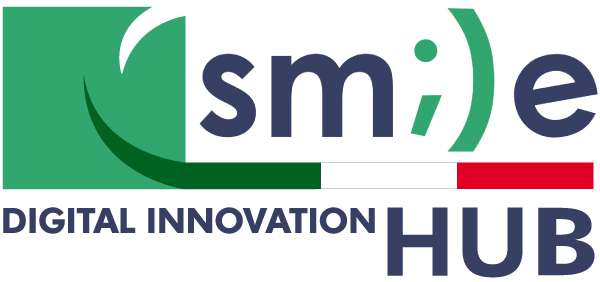Use case: SISMA
Smart Identification and location Systems for Maintenance Activities
Organizations involved
University of Parma + University of Pisa + 1 manufacturing company
Objectives obtained
The goal of this project is the development and test of two smart devices based on Auto-Id technologies. These devices will be developed to safely manage some typical dangers of maintenance activities on sets of machines to reduce the risk:
- the first is a real-time location system for employee involved in maintenance tasks (with high accuracy – a few tens of cm). Thanks to this location will be possible to constrain the machine run until the operators aren’t in a “safe” zone;
- the second concerns the development of a “smart” drawers for maintenance tools: the tools equipped with Auto-Id device can only be removed by authorized personnel, properly recognized by the system, and only per a specific predetermined task to be conducted during maintenance activities. In addition, the run machine will be permitted only when all the tools are in the drawer.

The challenge
The management of risk during maintenance activities is extremely important in the Machinery Directive 2006/42/EC. The machine design must take into consideration the risk associated with these activities; moreover, the proper execution of these tasks has to be described in detail in the “Instructions for Use” manual.
This problem is particularly important for the production lines and the integrated production systems (sets of machines). In fact, they are characterized by a considerable spatial extent and by the presence of a part of a multiplicity of machines / almost constructively complex machines and other part of material handling systems (such as roller conveyors or belt).
In this extremely complex context, there are some risks, such as:
- for those sets in which the control/command station isn’t easily distinguishable for all the working or maintenance workstations, there is a danger to reset or to start the machine with yet maintenance employee within (risk of entrapment). Today, different technologies, such as laser scanners, cameras, or methodologies based on double consensus starter, allow it to address this risk, failing in general to ensure the absence of human error;
- during the adjustment/calibration operations, after maintenance activities, the operators can be near dangerous areas. Such a situation is handled with maintained action controls (jog).
- in some cases, maintenance activities are complicated and require disassembly or reassembly of large and complex machinery, with a high number of tasks. So, it is possible that, the operators perform the sequence incorrectly, causing serious malfunctions to the next restart. At the same time, it is possible that maintainer leave behind tools and/or spare parts.
The solution
As part of Industry 4.0’s goals, these risks can be effectively reduced by using “smart” innovative technologies based on RFID (Radio Frequency Identification) technology, enabling to know, in real-time and high-precision, the position of objects and operators that are equipped with one or more transponders (tags). RFID technology with passive tags (ie they do not require a battery) allow unique identification and localization, remotely and at a low cost, of objects and operators, even in the case of very large spaces (sets of machines).
